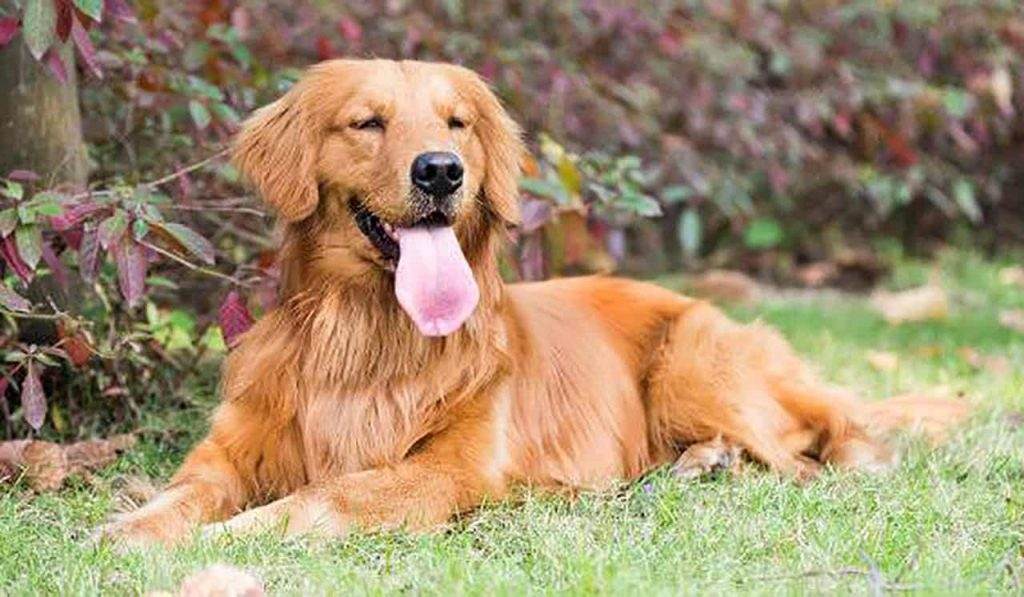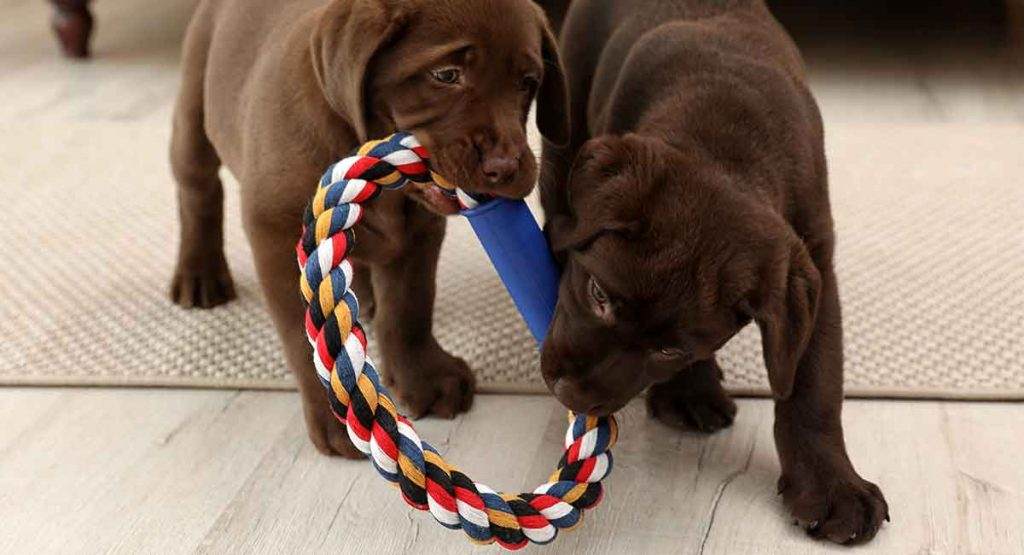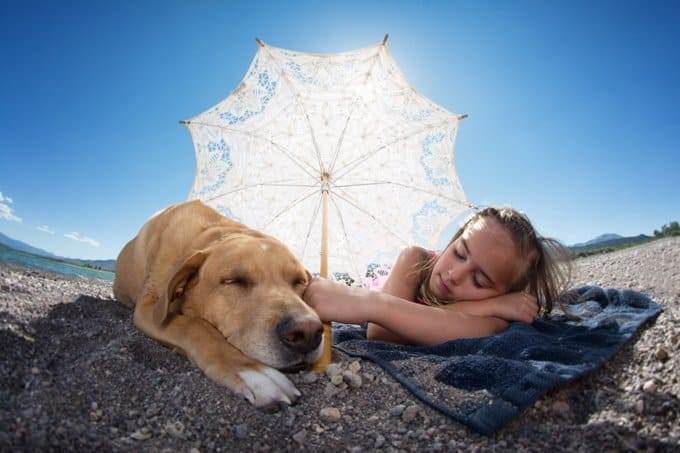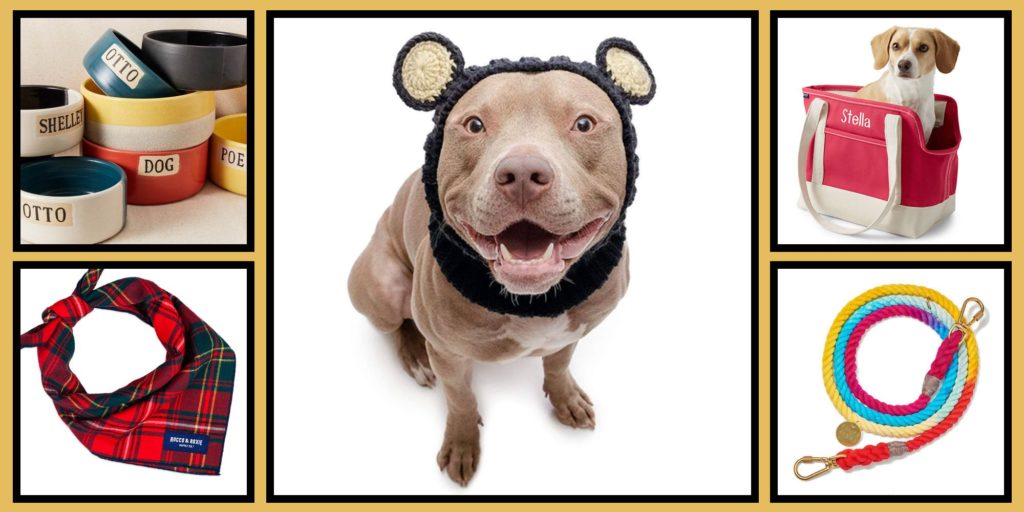Dogs are truly beautiful beings, and they are the sort of pets that become truly wonderful friends and companions. This does not mean that they can be categorized as such because they are truly multifaceted and highly coveted creatures in the professional sphere. Dogs are so important in this sphere because of their ability to receive training and sharpening the skills they are born with.
One of the major reasons why dogs are remarkably helpful to us is their acute sense of smell. Dogs are known for their ability to smell, which is around ten thousand times sharper than ours. To that end, the olfactory centres of their brains are also more evolved than an average person’s by leaps and bounds. This skill, when harnessed and shaped, can be used for a variety of purposes.
Detection dogs, more popularly known as sniffer dogs, serve this very purpose. They are trained in such a manner that they can ascertain the presence of objects such as drugs, explosives, and even certain diseases purely through their sense of smell. They are very helpful to police and armed forces across the globe as they can detect the slightest hint of blood or chemicals if they are familiar with the scent.
How are sniffer dogs trained?
Sniffer dogs receive such advanced training that they can even figure out with precision the particular direction a person may have walked in. They are able to do this because they are taught how to concentrate and fixate on one individual scent among a myriad of smells and even trace increasing or reducing intensities of the smell.
A commonly used technique of training is by getting the dog to associate a particular smell with an unrelated object, such as a toy. The procedure followed by them comprises several steps that rely on the dog’s sensory acuity. These are the ways in which it is commonly done:
- The first step is always to allow the dog to get familiar with the object chosen for use as a kind of template. One has to take great care to ensure that the object in question does not have a unique scent of its own. Hence, if you are using a piece of cloth or a ball, it is necessary to make sure that the object itself does not have a signature scent.
- Once the dog becomes acquainted with the said object, then the second step comes into play. You can introduce the stimulus by slowly getting the object to smell like the thing you would ideally wish the dog to sniff out.
- Suppose the dog is being trained to sniff out drugs. Once he or she becomes used to their plaything smelling as the particular drug or chemical compound, they will be able to sniff out the real thing after some practice.
- Gradually thus the dog will be able to distinguish the smell from the object, and seek out the smell which will lead them to the object. Their ability to differentiate between olfactory and optical stimuli makes this possible.
- The idea is that anything that has even the faintest sense of smell can be detected by the dog if they are adequately acquainted with its smell. This also includes electronics such as hidden hard drives, memory devices, and other peripheral devices. Dogs are thus also used to seek out online hackers.
- After the second stage of training is complete and the dog is now able to identify the smell of a thing on its own, a different kind of conditioning becomes necessary. The dog now has to be trained to understand that they are required to sniff out the smell they have learnt whenever asked to.
- For this, the trainer uses a very simple trick. They teach the dogs to hunt out the scent by giving them rewards every time they are able to sniff out the objects on their own in the training stage.
- Over time the dog also learns how to react when they find the particular thing they are looking for. This is how the handler is able to comprehend their reactions which are codes for what they have found. These may include a specific number of barks, or a pawing at the ground, or anything else the dog may be able to master and replicate.
- The compatibility of the dog with his or her handler is an important factor to be taken in consideration. Dogs pick up body language really fast, and a large portion of their training is based on their understanding of whether their master is pleased or not with their work.
- To streamline their strength and ensure that they do not get distracted by any other object placed in their way to throw them off the scent, this compatibility plays a great part. Of course, the trainer may simply choose to give little treats as incentive or a mark of approval when the dog is able to sniff out the object correctly.
Tips and tricks to choose the correct dog
While all dogs can be trained to seek out objects of your choice to a certain extent, some dogs function better than others because of a heightened sense of smell. It is also greatly dependent on which breeds of dogs get along better with people and are more responsive to olfactory training. Other factors like agility also play a great part in the efficacy of a sniffer dog.
Breed thus becomes one of the primary factors in the choice of sniffer dogs. This is also because in some cases professional sniffer dogs may be selectively bred for quite a few generations to attain the best genetic traits necessary. Read on to find out the dog breeds commonly chosen for the purpose, and the reasons why.
Belgian Malinois
This breed of dog is very commonly used in law enforcement divisions because of their stamina, strength, and capacity for hard work. The benefit of training such a dog is that it contains the talents of a German shepherd in a far more agile and lighter body. Their sniffing abilities are considerably refined as they can be used to detect not just bombs and weaponry but also cancers and certain insects. With respect to their behaviour, they tend to be reserved and stately, with strong protective instincts.
Bloodhound
The bloodhound is known purely for their olfactory sensibility. Having around three hundred million receptors of smell, they are the most efficient detectors among dogs. In fact they have been known to be used for this purpose since as early as the Middle Ages. The bloodhound is incredibly responsive to human training, and it can actually even follow a scent in the air. Their brute strength and incomparable stamina makes them one of the finest sniffer dogs. Physiologically, they are built with large open nostrils and loose skin near the neck area – both of which are suited for better detection of scent.
German Shepherd
Yet another extremely common dog breed used by the police forces is the German shepherd. This is a majestic canine with a sharp sense of smell and keen determination. This dog too is able to follow a scent in the air and this increases their precision to a large extent. Their friendliness, adaptability, and versatility make them ideal for both domestication and professional use.
German shepherds are used extensively by search and rescue teams and bomb squads alike, since they have the widest range of abilities and can be used by a variety of departments. They also function as excellent airport dogs for detection of explosives, illegal devices, and drugs and narcotics. Although extremely gentle, loving, and loyal to a fault, their appearance is often beneficial to law enforcement officials for intimidating suspects on site.
Golden Retriever
Search and Rescue officers use golden retrievers in their daily work because of their friendly aspect combined with their brimming enthusiasm. They are happy, always jolly, and beautiful creatures who are able to complete their jobs properly while putting at ease the live victims they discover. They are mostly domesticated and widely kept as household pets, but they may be used professionally for their obedient and eager nature. However they are not the first choice when it comes to hunting out bombs, cadavers, or narcotics by law enforcement agencies.
English Springer Spaniel
This is primarily a sporting dog often bred for the show business, but they can also be trained for the professional field. They are broad-nostriled creatures, greatly sought after by hunters because of their sensory ability. They can perform a wide gamut of duties within the domain of olfactory detection. Aside from the ordinary abilities of any sniffer dog, they are known for being able to detect fake currency notes as well.

Dachshund
Dachshunds may be impossibly adorable as pets, but their appearances are deceptive since they can make for quite deadly sniffer dogs. They can access greater area owing to their relatively smaller size and they can be surprisingly strong. Dachshunds in the earliest days were bred to be able to draw out badgers from underground, and their German name translates as ‘badger dog’ in English. Despite the disparity in size of the two breeds of dachshunds, they are both suited for hunting.
Since they are suited for sniffing, hunting, and drawing out creatures, they can be trained to become highly efficient sniffer dogs. They are obedient, eager, pliant, and dignified creatures and can be an asset to any sniffer dog trainer. They primarily excel in field trails and are used as such.
Coonhound
Coonhounds can be found in six varied breeds, but they are all bred to be able to follow trails and track scents, which make them ideal for training. They are mainly used as cadaver dogs to hunt out human remains and other animal corpses.

American Pit Bull Terrier
The American Pit Bull Terrier is a robust, sturdy, disciplined dog used by Search and Rescue departments. They have brute strength and their build is athletic and agile (despite their size) and thus they make for very useful sniffer dogs in challenging circumstances and difficult terrain.
.jpg)
Border Collie
The border collie is also used primarily in the fields of Search and Rescue since they have an intelligence level par excellence. This combined with their superior sensory abilities makes them indispensable in the field of law enforcement and detection.
Other fields in which sniffer dogs can be used
- Detection or sniffer dogs are also used for field research by wildlife biologists and researchers. For instance, in California they are known to be used to find quagga mussels on boats as they are a harmful hindrance to the environment.
- Interestingly they are used to ascertain the presence of species by familiarizing them with the scent of their feces. They have been known to detect the Oregon spotted frog, caribou, killer whales, and black-footed ferrets through this method. This particular field of work is known as wildlife scat detection.
- Sniffer dogs are also been increasingly helpful in the field of medical research, as they have been found responsive to odours specific to certain diseases like cancer.
Dangers involved in using sniffer dogs
The benefits of using sniffer dogs for a variety of purposes actually surpass the very few disadvantages. As such, the dogs are not usually placed in danger despite the nature of their work. Even when they are used to detect drugs, the scent that they inhale for the purpose is too low to cause any harm whatsoever. In training the environment is controlled, but in the outside world the case is certainly not the same.
Occasionally it might happen that the dog is mistakenly exposed to harmful and toxic materials that can be health hazards. The discretion and watchful gaze of their handler comes into play in such situations, and they have to make the tough choice of whether or not it is safe to deploy sniffer dogs. In extreme situations where the element even inhaled in trace amounts might cause harm, they must not be used at all. For emergencies the handlers usually carry Naloxone with them in order to counter the effect of drugs and other chemicals.
Table of Contents





